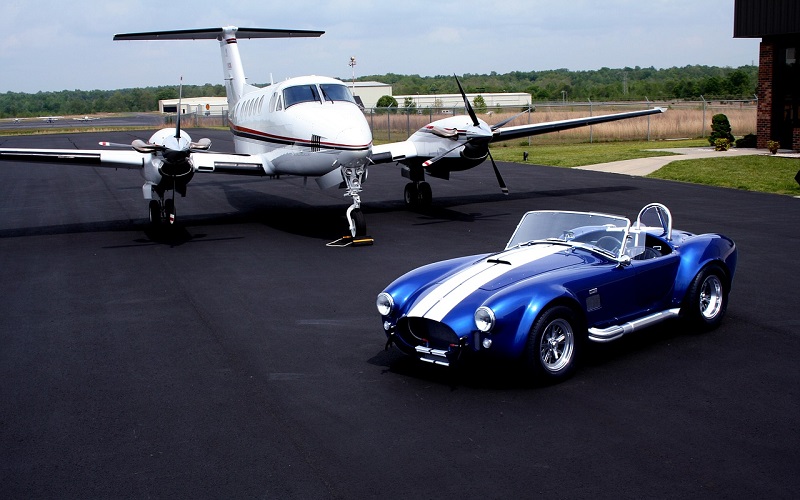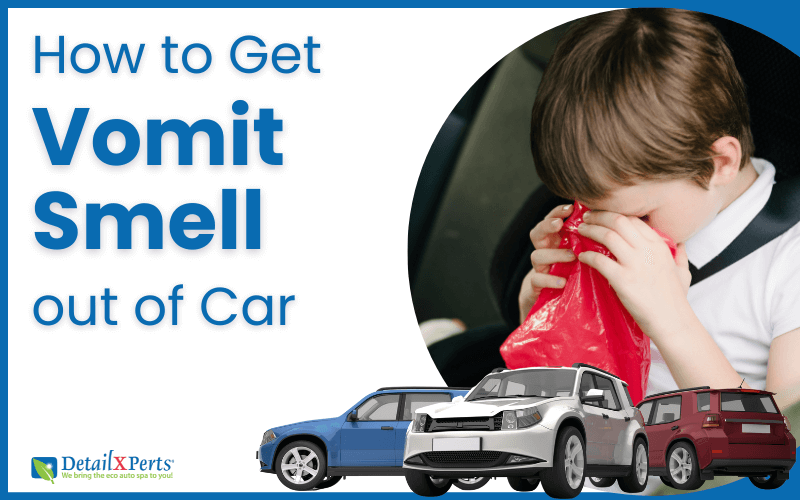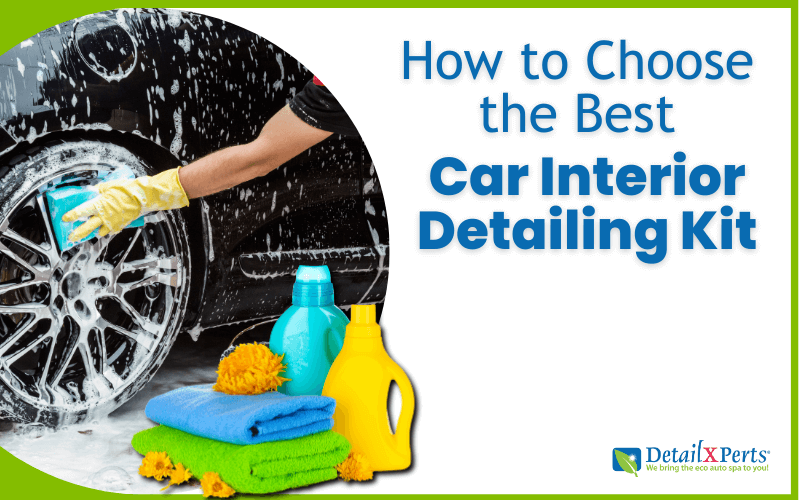Airplane detailing is a huge undertaking. It is completely different than any other form of vehicle detailing. Regardless of whether we discuss fleet, commercial, or personal aircraft detailing, there are certain must-do’s that the detailing professional or, rather, team needs to perform. Let us explore together how airplane detailing differs from a smaller detailing job like an auto detailing service. Based on that, you will know what to ask potential service providers before choosing the right one.
Why You Should Do Airplane Detailing in the First Place
Airplane detailing isn’t just about washing the dirt and cleaning the interior. A key reason why you should take your “beauty” to an aircraft detailing service provider is to reduce the amount of corrosion stirring in the airframe. Aircraft corrosion is actually the rust of the metal parts. It is bad for the aircraft and increases the cost of maintenance.
Also, the ultraviolet rays can cause paint damage. But the real damage might happen in flight-even at low altitudes. Believe it or not, concentrated build-ups of dirt, muck, and grease actually affect the overall performance of your aircraft. Moreover, there are cases that it can actually make flying more dangerous. Things like antennas that are located under your airplane can get caked in grease and affect their reception. A dirty windshield is a definite no-no, too. It reduces visibility and makes it harder to see clearly ahead. Additionally, experts suggest that a smooth, clean airplane actually increases aerodynamics and speed. Thus, you get to save gasoline.
Exterior Airplane Detailing
When you ask for aircraft detailing, you ask for your and your passengers safety, too. Seeing clearly through the windows is of utmost importance to keeping everyone safe. With the stairs cleaned, you do not slip while going into the machine. Moreover, while detailing the airplane’s exterior, the detailer may inspect it for damages. There might be some components that need fixing such as paint marks, chemical damage, and oxidation.
Washing
Washing is the first step of airplane detailing. It allows you to prepare the surface for the next stages. There are many different types of planes, paint, and surfaces. Therefore, the washing product and method should be adjusted to your aircraft’s special needs.
What you need to remember about exterior aircraft detailing is that the wheels should not be sprayed. This cannot be stressed enough, because water can and will get in and this will lead to bearings corrosion. In turn, corrosion will easily destroy them.
Waxing
When it comes to aircraft polish, forget everything you know about waxing your car. After the surface of your plane are clean and excess dirt, dust, and grime has been removed, it is ready for the wax. Wax is crucial. It not only makes the exterior shine and glow, but it also protects it from damage. However, if the detailer is not a professional, they can cause a lot of damage. Even a second of uncareful handling an electric buffer can lead to severe aircraft paint problems. Therefore, make sure the aircraft detailing professional you want to hire handles waxing with precision.
Interior Aircraft Detailing
Safety is the most important reason for interior airplane detailing, too. Everything in the pilot cabin should be cleaned thoroughly. Othewrise, dirt may cause some buttons to get stuck during flight. Clearly, this is quite dangerous.
Besides for safety reasons, aircraft detailing is necessary from a purely hygienic viewpoint. There are a lot of places inside an airplane that need cleaning. For example, toilets. They get especially dirty and it is very important to clean them thoroughly and disinfect them regularly. Tables, seats, and carpets can get very dirty as well.
Sometimes the detailer will have to remove stains from seats or carpets. Therefore, you need to ask them if they have the proper technology and products for these parts. Does the craft have leather seats? If so, they need special attention and products for conditioning leather. Another place in the aircraft that needs to be cleaned thoroughly is the galley. It would be even better if you get it disinfected as well. Ask the detailer to pay special attention to it.
Disinfecting is also an important part of the interior detailing. Especially, if there are multiple passengers, stewards, and pilots. A 2018 study found that the dirtiest surfaces in airplanes are seat belts, tray tables, washroom handles, seat pockets, and headrests. Obviously, you need to ensure that your aircraft detailing professionals can offer deep sanitization of these spots alongside regular cleaning services. Ask them if their process can sterilize by killing viruses, bacteria, mold, mildew, fungi, and other harmful microorganisms. Ultimately, this will give passengers a safe and healthy environment to fly in.
Problems That Might Occur During Aircraft Detailing
Washing Technique
Pressure washing should not be used in aircraft cleaning! High pressure water will drive dirt and impurities deep into segment junctions and cavities, causing long-term degradation and damage to the airframe. Moreover, the water applied under pressure can also damage seals, worsen paint damage, and harm the adhesive bonds on aircraft structures. One of the safest way to clean an aircraft is with steam.
Products Used for Airplane Detailing
The airplane cleaning products can pose another possible problem. Make sure to ask the detailer what products they use and if they are compatible with the aircraft’s paint. Even professional car detailing products can have ingredients that are too abrasive. Therefore, your detailer should avoid them. Instead, ask them to use specially created formulas that can protect the vessel and prevent corrosion.
How Often Should You Ask for Aircraft Detailing
Complete and proper aircraft detailing is an extremely hard work that can take a lot of time. Fortunately, there are products that provide protection, so you do not have to go for detailing after every flight. For example, quarterly dry washes are ok, since most dry wash products have a little bit of sealant in them, which helps bolster the paint protection in-between annual treatments. Many detailers recommend a wash and polish twice a year after bringing the paint back to life. Climate considerations, of course, can affect this maintenance interval. In terms of internal airplane detailing, you should go for it depending on the usage of the plane and the number of passengers.
Conclusion
When you see your precious airplane sparkling and shiny, you will be very happy that you got it detailed. You will be able to ride it with pride and glory! This is why selecting the right detailing professionals is crucial. Check if they provide mobile detailing services and come to you instead of the other way around. Research if they deliver their services with precision, care, and attention to detail. As we already noted, the very nature of cleaning and maintaining an air vessel requires a much more delicate approach than regular vehicle detailing.
Make the right choice, choose DetailXPerts to make your luxury investment cleaner, more beautiful and completely sanitized with the power and delicacy of steam. Schedule your aircraft detailing services appointment with us.
Did you enjoy this post? Follow DetailXPerts on Twitter to get notifications about more fresh news and updates from us.





